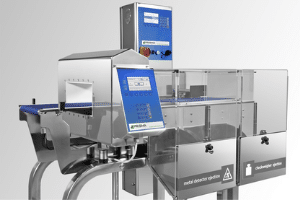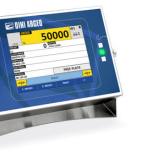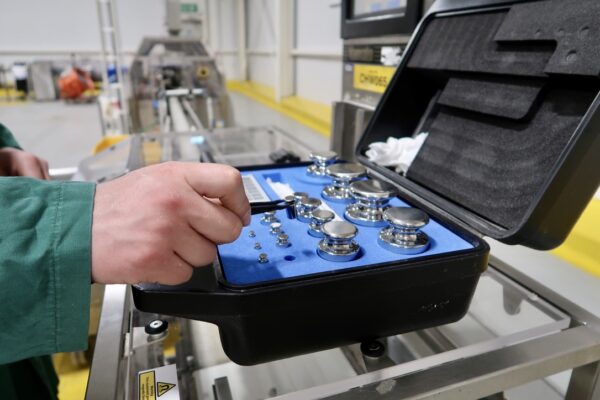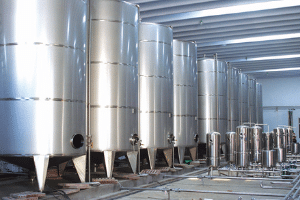Alternative Seafood Solutions Ride the Tide of Looming Shortages
In a world where the appetite for seafood is soaring, new research by McKinsey & Company has unveiled a daunting reality – a seafood shortage is looming on the horizon. This crisis is driven by a staggering 14 percent surge in global demand projected by 2030, fueled by an ever-growing global population and increasing affluence.
McKinsey’s report, titled ‘The Next Wave: Alternative-seafood Solutions,’ underscores that a staggering 85 percent of fisheries are already stretched to their limits, while stringent regulations on fish farming are further exacerbating the challenges.
What’s more, it appears that traditional seafood supplies can no longer keep up with the consumer’s insatiable cravings for ocean delicacies.
Targeting the Substitution Candidates and a Greener, Local Alternative
McKinsey’s comprehensive analysis identifies five popular seafood species – shrimp, tilapia, tunas, salmonids, and lobster – as prime candidates for substitution by alternative seafoods.
For instance, the report highlights that tuna, the third-largest seafood market, is 99 percent wild-caught due to the difficulties in farming it, making it highly attractive for alternative production.
Alternative seafoods offer not only hope but sustainability. These innovative options boast a significantly lower carbon footprint compared to their traditional counterparts. They can be produced locally, reducing the environmental costs associated with long-distance transportation.
To put things into perspective, the report reveals that tuna alone carries a retail-level carbon footprint of 0.8 to 0.9 kilograms of CO₂ per kilogram. This stark difference underscores the environmental advantages of alternative seafood production.
Production Pathways
McKinsey identifies three primary production options – cultivated, fermentation-based, and plant-based products – as promising alternatives to traditional seafood. These options share striking similarities with seafood in terms of taste, texture, and nutritional value, and they have seen significant historic investment, making them poised for rapid market adoption.
Plant-Based: Plant-based alternatives to seafood face fewer regulatory hurdles and lower barriers to market entry. In fact, they’ve already achieved a competitive price point, with prices ranging from just $12 to $20 per pound in the United States.
This affordability makes them an accessible choice for consumers looking to make sustainable seafood choices.
Cultivated Products: Products grown from fish cells have attracted a remarkable $100 million in investment in the U.S.
These lab-grown alternatives hold the promise of closely resembling fish in taste, texture, and nutritional profile, providing consumers with an authentic seafood experience without the environmental drawbacks.
Challenges and Opportunities
While alternative seafoods offer a lifeline to a beleaguered industry, they aren’t without challenges.
The report highlights the need for continued innovation in taste, nutrition, and cost to achieve wider distribution and reduce the pressure on sea and freshwater ecosystems.
Therefore, the taste and texture of alternative seafood must continue to improve to capture the discerning palates of seafood enthusiasts.
Conclusion
In the face of dwindling seafood supplies and growing environmental concerns, McKinsey’s research illuminates a path forward. Alternative seafoods, with their lower environmental impact, freedom from fishing quotas, and reduced mercury levels, could help sustainably scale the industry.
They not only promise to expand access to proteins but also reduce the burden on our overtaxed oceans. As everyone sails into an uncertain seafood future, the pursuit of innovation in taste, nutrition, and cost is the compass that guides towards a more sustainable and delicious destination.
By embracing alternative seafood solutions, all can safeguard the future of the oceans while satisfying those cravings for the bounties of the sea.
News Credits: Global seafood industry braces for 14% surge in demand by 2030, opening prospects for seafood substitutes
Things you may also like:




















